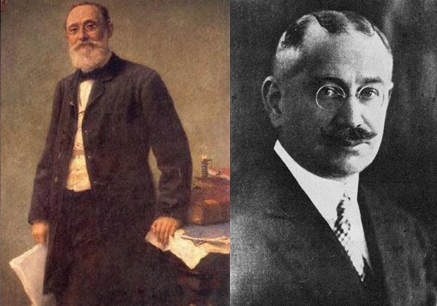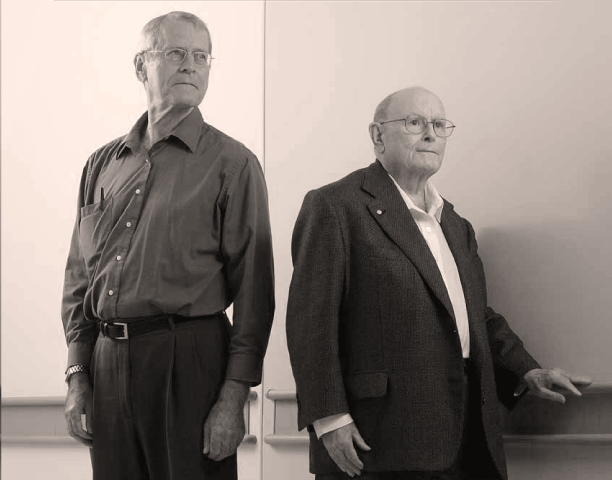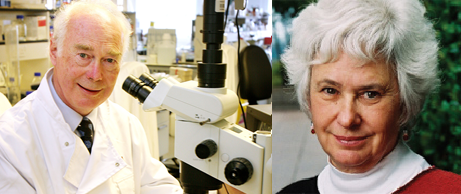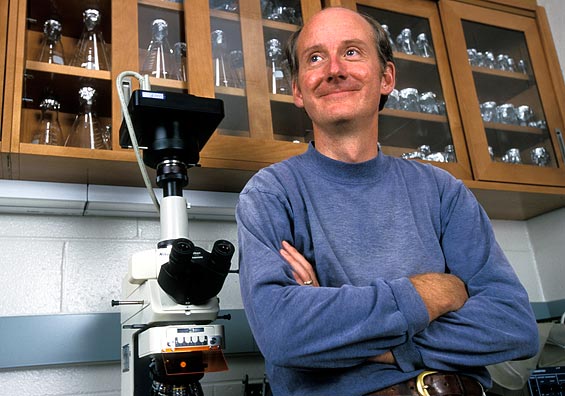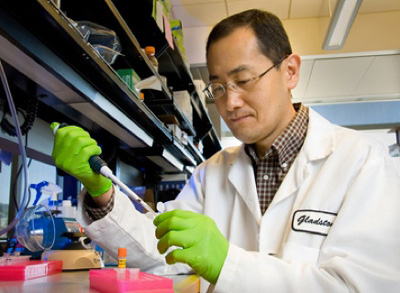Widespread public interest in stem cell research soon ushered in a new age of endeavors.
1998 - James Thomson, a researcher at the University of Wisconsin, Madison, isolated human embryonic stem cells (or hESCs) for the first time, causing a very large spike in interest in stem cell research and regenerative medicine.
These findings also would lead to much public debate, because the method used for isolation of the cells destroyed the embryo.
2001 - President George W. Bush prohibited the federal funding of hESC research for all stem cell lines derived after August 9, 2001.The policy enacted did not apply to state funding.
2004 - Proposition 71, the California Stem Cell Research and Cures Bond Act of 2004, passed in California to provide a state-funded facility for stem cell research. Robert Klein lead the efforts, along with support from several significant lawmakers and philanthropists, and the California Institute for Regenerative Medicine, or CIRM, was founded.
Today, CIRM stands as a multi-billion dollar research organization dedicated to providing funding for the development of treatments and cures which involve stem cell research.
2007 - Dr. Shinya Yamanaka and Dr. James Thomson independently created and published papers on induced pluripotent stem cells (iPSCs). iPSCs in this case were adult skin stem cells coaxed to behave like embryonic stem cells by the use of four different transcription factors.
The discovery of iPSCs was hailed as a revolution in stem cell biology and stem cell engineering, because many of the ethical concerns associated with embryonic stem cell research could not be side-stepped. Dr. Yamanaka and Dr. Thompson were awarded numerous awards for their work.
2009 - President Barack Obama issued an executive order, allowing human stem cell research (specifically embryonic stem cell research) to take place once again in the United States.
After 2009, National Institutes of Health guidelines for stem cell research were set, and so was the stage for innovative stem cell research.
Thus, from its humble beginnings in the 1800s to modern day translational medicine, stem cell science continues to lead the forefront of innovative biomedical research endeavors.
(Citation 3) (Citation 5) (Citation 6)
